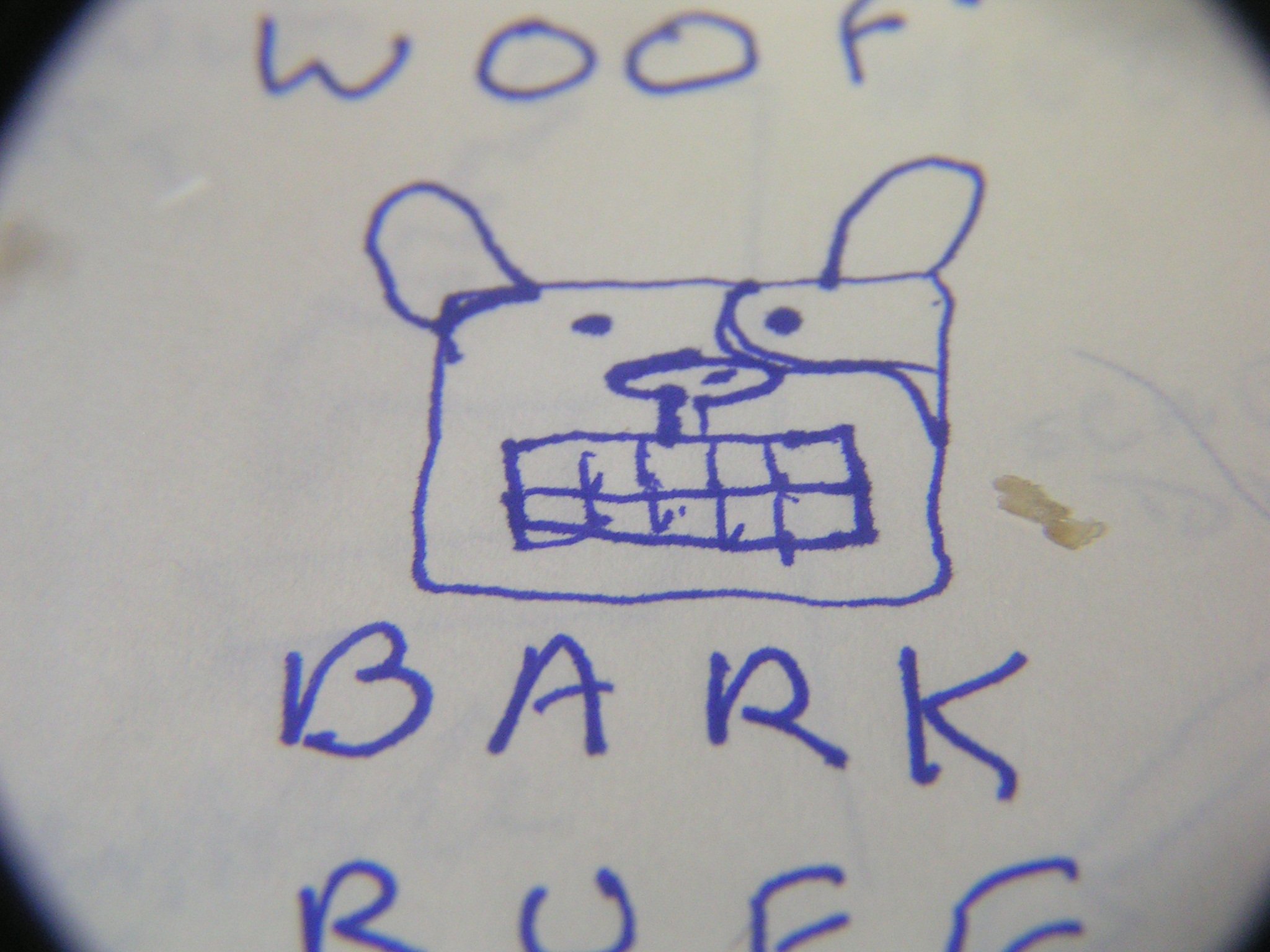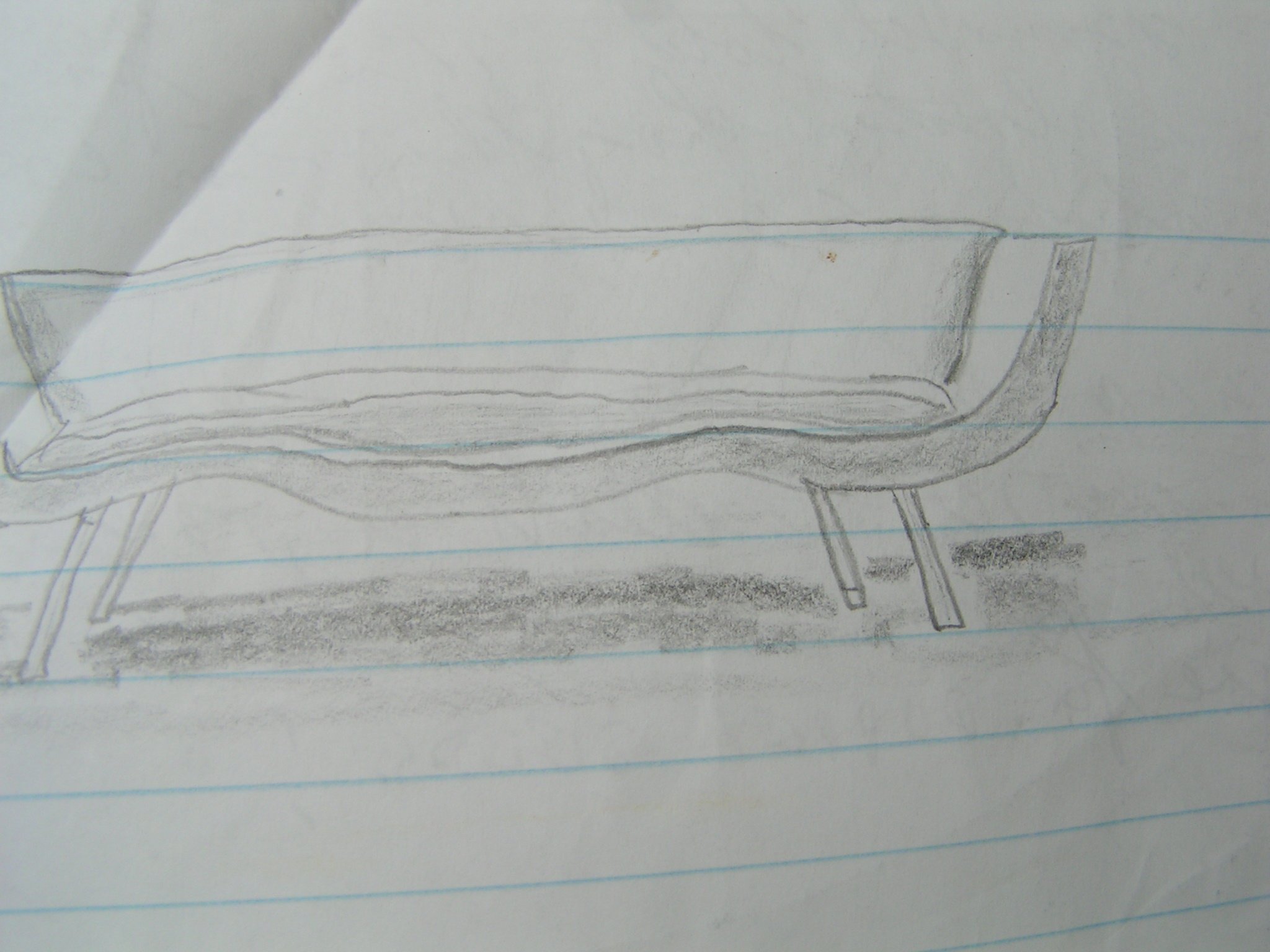BOOKS BY DR. DANIEL HERLIHY
In brief, these two books recount the hero's journey of a man and his dog (both heroes) falling as far as possible and then struggling back to be neurotypical.
CHEWY: A DOCTOR’S TAIL
In the short time it takes to roll a car over an elevated highway, a successful physician tumbles down through pain, brain injury, and suicide to impoverished homelessness without memory and identity.
The long climb up to normal takes years. His journey through the purgatories of rehab bring hope to all patients. Even better, the doctor is led unerringly by Chewy, his service dog, back to the world of neurotypicals.
Chewy Napoleon Bone-A-Parte Herlihy is a direct descendent from Napoleon's royal French poodle/terrier mix.
Book profits will help support homeless outreach services at Antioch Church (Dallas) and Chewy’s work with the disabled homeless and their dogs. This work is made possible by the generous shelter services of The Bridge, a homeless recovery center Dallas, Texas.
Normal from Afar
It took me ten years to write this book, despite having two years of graduate-level study in microbiology, a medical degree, and practice in family medicine. The journaling started as a prescription from my neurologist to aid my traumatic brain injury. My car flew off an elevated highway with devastating consequences. I sustained four surgeries, chronic pain, but worse: A diagnosis of dementia (92% disabled both physically and mentally) and going into Alzheimer's disease.
My second book examines my own traumatic brain injury in unorthodox and amusing tales of concussion, pain, loss, divorce, homelessness, suicide, and a service dog.
My doctor describes the book and my journey as follows.
In the short time it takes to roll a car over an elevated highway, a successful physician tumbles down through pain, brain injury, and suicide to impoverished homelessness without memory and identity.
The long climb up to normal takes years. His journey through the purgatories of rehab brings hope to all patients. Many physicians provided aid but the most important health provider was Chewy, a service dog, who walked Daniel back to the world of neurotypicals.
Some fifteen years later, Dr. Dan reunites with his daughter, community, and life as a healer again. The story balances angst with wit and humor, even in the most desperate situations. Perhaps most importantly, those patients with a brain illness can follow the same path back to health.
DRAWINGS TO SHOW BRAIN CHANGES
There are 50 drawings throughout my second book Normal from Afar.
Dr. Capobianco recommended that I draw to renew my crushed cerebellum, without which, I do not know where my body existed in space. My feet and brain were strangers. I often fell, damaging my brain more. Over the years, my hands gradually gained competence while the rest of my body followed. The sketches here show my different stages of motor skills, my moods, and my madness. These are visible psychiatric tests the reader might enjoy for armchair speculation.
These are visual shortcuts through my central nervous system (brain) and peripheral nerve supply (arms, legs, and organs). Further, the drawings were interpreted by various medical professionals with varying degrees of psychiatric training. Nevertheless, these “art critics” I found their words accurate, amusing, and insightful. The reader might want to play therapist and compare notes.
The therapeutic suggestions of John Capobianco D.O., Soni Rao Ph.D. And Stephen Wentworth Arndt, M.A., Ph.D.; M.S., LPC-S were of utmost value, as were their written contributions to the medical and psychological portions of this book.
Early in rehab, , Motor cortex severely damaged. Patient unable to draw a 3D context. Images are just basic outlines. No shading present and no subtlety. Kindergarten level image.
Again, no complexity and even words are only four letters and monosyllabic. Pen lines erratic
A bit mote complicated with hair included . Lifelike eyes with appropriate shape. Still a basic animal idea.
Improved dimensions. The three lines are left in which help proportions. Shading has improved yet still basic.
Shading present for the first time. Angular shapes good. Shading included to give a three dimensional look.
Title: the other voice in my head. Clever illustration of the hallucinations of a second voice. Large face is stylistically simple with disproportionate alien ears. Eyes are without and details. Work is indicative of a depressive affect.
this dog is different from pervious ones in that a body is present. Feet are unproportioned. Tail has a humorous aspect indicating lifting depression.
Odd hodgepodge of two unrelated items. At least the man is smiling .
Interesting symbol of a patient reflection on his own mind and perhaps defects.
A distorted kitchen, perhaps a deficit in eyesight. A good deal more detail than previous works.
Fairly accurate brain image for am MRI showing ( accurately ) the areas of damage. All words are spelt correctly.
an improved stylistic change. More of a motto than anything else.
A dark joke, a toe tag on a cadaver. No doubt for the patients previous work at the Fort Worth morgue. This indicates a theme of death. Many head injured do commit suicide.
Advanced motor control with clever concept of a doctor blinding the patient. Frustration with conventional medicine seems the intent of the drawing.
more and more clever. A pencil illustrating ( literally) the ability to write and draw. The patient is represented by the shadow of his body crawling up to the graphite point
A clever riddle. Two pair of dice indicating that homelessness is roll of the dice. Water colors are a step u pin sophistication and control than before which is primarily pen and pencil.































